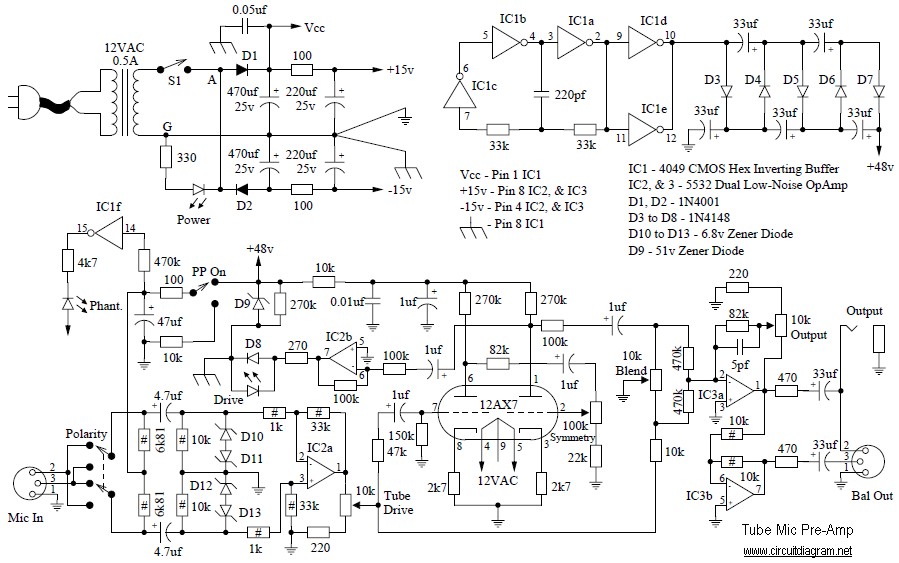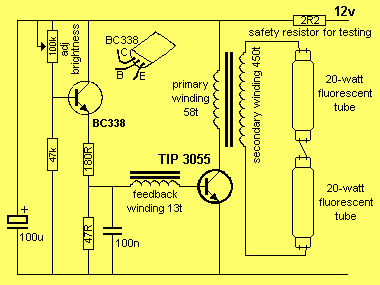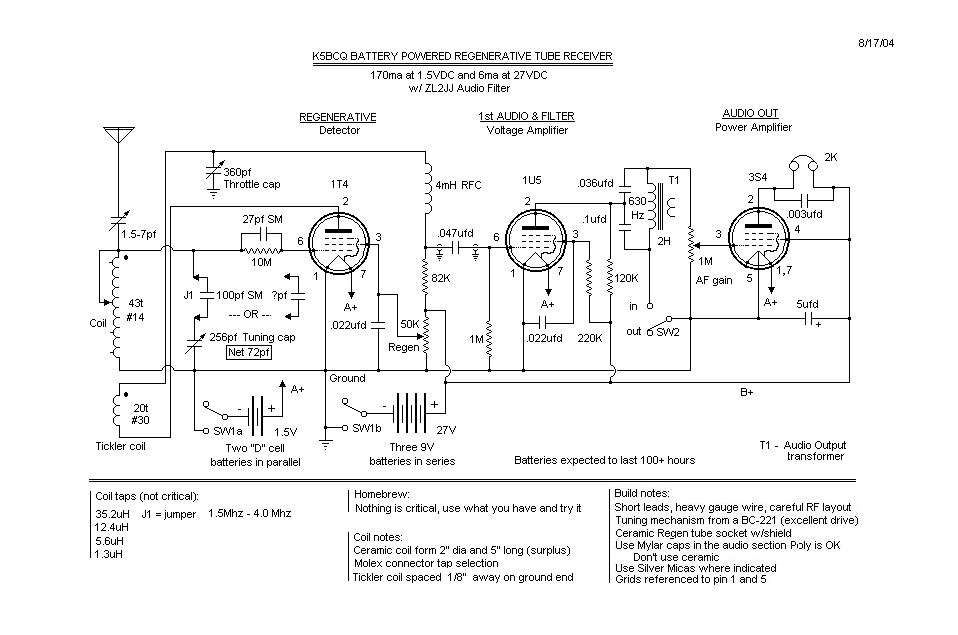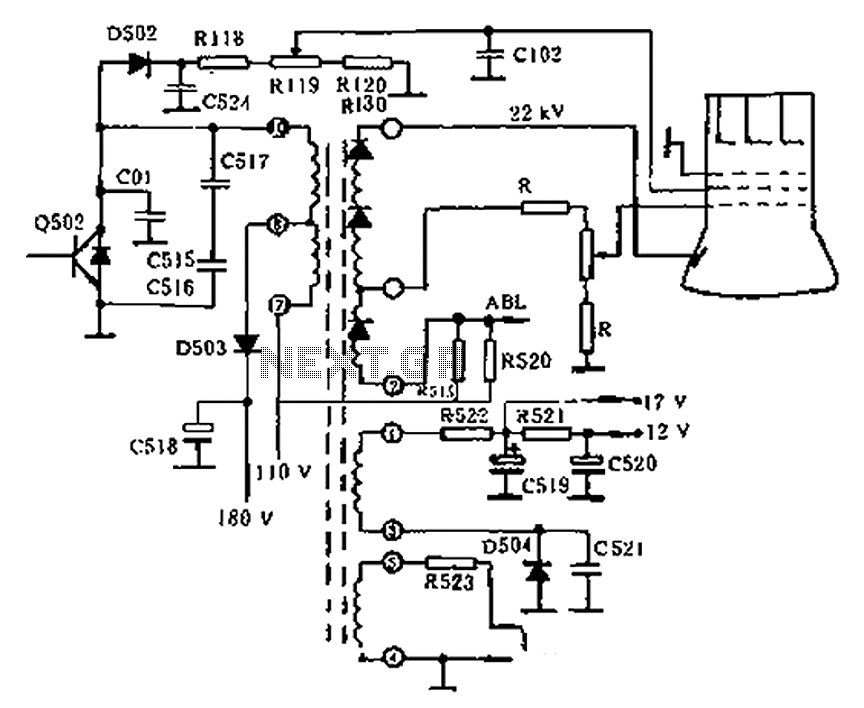
Gray Tube Replication 85

The information regarding operating the motor without the tubes is new to the individual. There is a desire to learn more about this subject.
The operation of a motor without the use of tubes can be a significant topic in the field of electronics, particularly in applications involving pneumatic or hydraulic systems. Typically, tubes are utilized to direct air or fluid pressure to actuate a motor or control its operation. However, alternative methods can be employed to achieve similar results without the need for these tubes.
One approach is to utilize electronic control systems that can directly drive the motor using sensors and actuators. For instance, a brushless DC motor can be controlled using pulse-width modulation (PWM) signals generated by a microcontroller. This method allows for precise control of the motor's speed and torque without relying on pneumatic or hydraulic systems.
In such a circuit, the microcontroller interfaces with a motor driver, which amplifies the control signals to drive the motor. The motor driver may include components such as transistors or MOSFETs that switch the power to the motor based on the PWM signals. Additionally, feedback mechanisms, such as encoders, can be integrated to monitor the motor's position and speed, enabling closed-loop control.
Moreover, the elimination of tubes may reduce the complexity and weight of the system, leading to improved efficiency and easier maintenance. This approach can also enhance the overall reliability of the motor system by minimizing potential points of failure associated with tubes and fluid connections.
In conclusion, operating a motor without tubes opens up various pathways for innovative electronic designs, emphasizing the importance of understanding alternative motor control techniques and their applications in modern engineering.Originally Posted by kalena555 Dear Mark, The bit of info of getting the motor to run without the tubes is new info to me. So much learn XD. Well now.. 🔗 External reference
The operation of a motor without the use of tubes can be a significant topic in the field of electronics, particularly in applications involving pneumatic or hydraulic systems. Typically, tubes are utilized to direct air or fluid pressure to actuate a motor or control its operation. However, alternative methods can be employed to achieve similar results without the need for these tubes.
One approach is to utilize electronic control systems that can directly drive the motor using sensors and actuators. For instance, a brushless DC motor can be controlled using pulse-width modulation (PWM) signals generated by a microcontroller. This method allows for precise control of the motor's speed and torque without relying on pneumatic or hydraulic systems.
In such a circuit, the microcontroller interfaces with a motor driver, which amplifies the control signals to drive the motor. The motor driver may include components such as transistors or MOSFETs that switch the power to the motor based on the PWM signals. Additionally, feedback mechanisms, such as encoders, can be integrated to monitor the motor's position and speed, enabling closed-loop control.
Moreover, the elimination of tubes may reduce the complexity and weight of the system, leading to improved efficiency and easier maintenance. This approach can also enhance the overall reliability of the motor system by minimizing potential points of failure associated with tubes and fluid connections.
In conclusion, operating a motor without tubes opens up various pathways for innovative electronic designs, emphasizing the importance of understanding alternative motor control techniques and their applications in modern engineering.Originally Posted by kalena555 Dear Mark, The bit of info of getting the motor to run without the tubes is new info to me. So much learn XD. Well now.. 🔗 External reference




